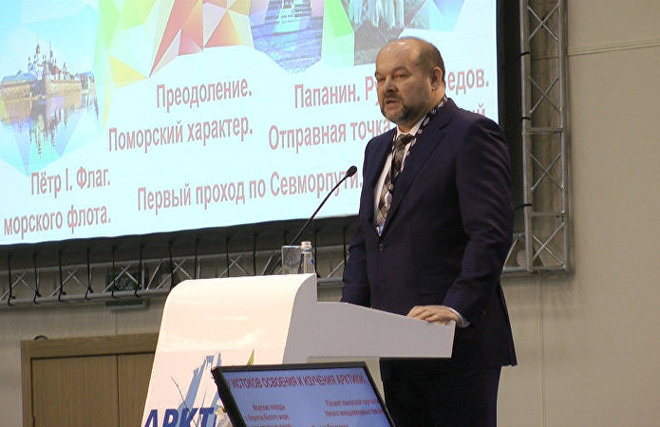Инструментом реализации Стратегии развития Арктики до 2050 года должен стать комплексный проект, рассматривающий единое развитие макрорегиона и Трансарктического транспортного коридора, заявил председатель комиссии Госсовета РФ по направлению «Северный морской путь и Арктика», губернатор Мурманской области Андрей Чибис.
В ходе заседания комиссии её участники обсудили предложения по доработке актуализированной редакции Стратегии развития Арктической зоны РФ и обеспечения национальной безопасности на период до 2035 года.
«Мы обсуждаем, как будет развиваться российская Арктика на ближайшую перспективу – как минимум до 2050 года. Стратегия должна быть подготовлена детально, с набором подходов к решению широкого спектра вопросов, а инструментом реализации обновлённой стратегии должен стать комплексный проект по развитию Арктики и Трансарктического транспортного коридора», – отметил Андрей Чибис.
Как подчеркнул губернатор, обновлённая редакция стратегии – это основа, которая будет доработана с учётом предложений членов комиссии и её экспертного совета. Важно, чтобы ключевой стратегический документ по развитию Арктики отвечал текущим вызовам, прежде всего экономическим и геополитическим, а также отражал реальное положение дел с учётом внешнеполитических изменений. Документ должен быть рассчитан на 25 лет, что диктуется особенностями инфраструктурного развития макрорегиона.
Министр по развитию Дальнего Востока и Арктики Алексей Чекунков также отметил, что логика управления Арктической зоной основана на системном подходе и базируется на ключевых приоритетах, отражающих долгосрочные интересы России в этом макрорегионе.
«Это рациональное развитие ресурсной базы и глубокой переработки с соблюдением экологических стандартов, ускоренное развитие СМП как международного транспортного коридора глобального значения, реновация ключевых опорных населённых пунктов, защита исконной среды обитания и традиционного уклада коренных и малочисленных народов Севера, экологическая безопасность и адаптация к климатическим изменениям», – заявил глава Минвостокразвития России.

